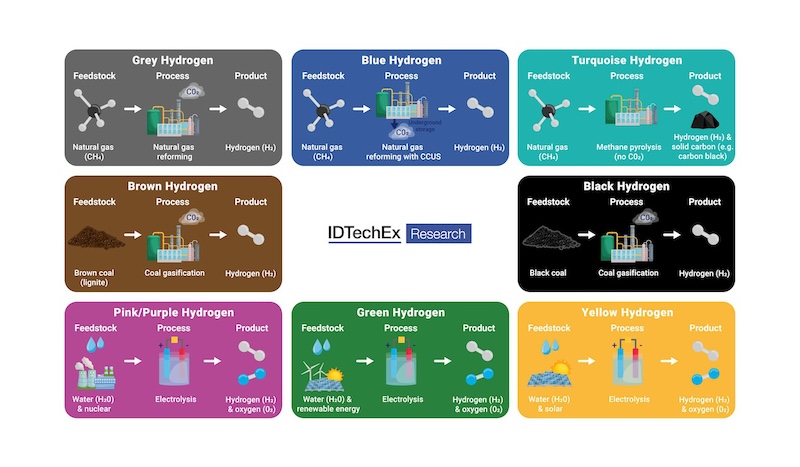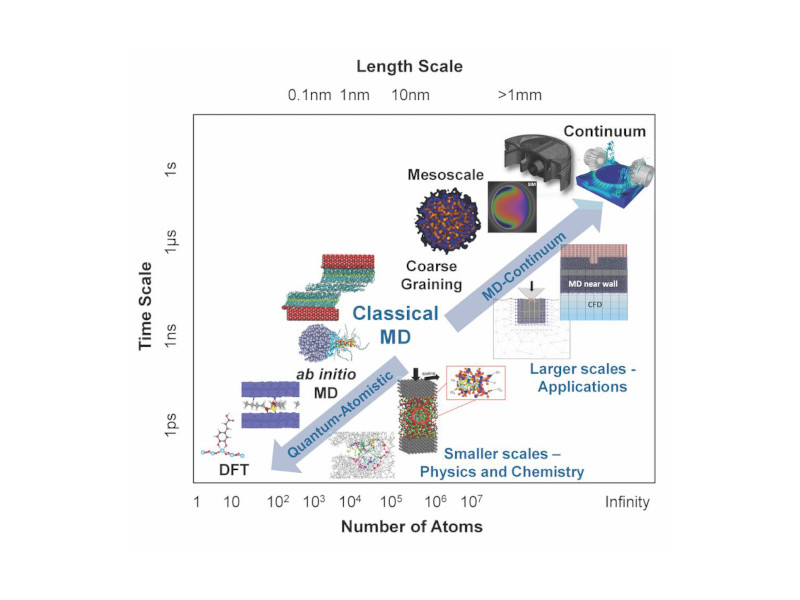Where to begin? By ignoring these myths on energy use, the necessary equipment, and the economy's impact on your investments.

MYTH 1: Energy is just another component of my overhead
The industrial sector uses approximately one third of the total energy consumed globally. Energy intensive industries represent 83% of all manufacturing energy use. Energy costs have been rising increasing the need for manufacturers to become more efficient consumers of energy.
Energy prices – whether electrical or fuel cost for transportation – impact industrial manufacturers’ bottom line. Some of the largest savings can come from the industrial processes themselves. The more energy-intensive manufacturing processes are, the more benefit can be realized from an energy management plan and its implementation. We need to look at how we can control the energy demand and consumption in the process – understanding where the big consumers and wasters are.
It is estimated, due to inefficiencies inherent in the transmission of electrical energy, that for every three units of energy produced, only one actually arrives at point of consumption. Therefore, one of the simplest solutions is to save energy at the point of use.
Implementing a comprehensive energy management plan would not only help avoid energy waste, but also improve equipment efficiency. But where does an industrial manufacturer begin?
- The first step in addressing the energy dilemma is to define the problem – make energy consumption visible, measure where you are today and look at it as a variable cost of production – stop treating it like a fixed or overhead cost.
- The next step is to establish a plan for energy efficiency, how to reduce the amount of energy consumed per unit produced.
- The third step is ensuring appropriate levels of energy measurement and reporting – sticking with the “what gets measured, gets done” approach.
- The fourth step is to establish a plan to fix the basics – address the “low hanging fruit” opportunities for energy improvement, such as lighting control.
- Finally, automating and standardizing across equipment, processes and metrics will enable continuous improvement.
Energy use is one of the largest operating expenses on a business’ income statement; reducing energy consumption can also provide significant fringe benefits – including increased operational visibility to optimize performance, enhanced management capabilities across domains such as IT and building automation, and improved, proactive maintenance to reduce costs and downtime.
MYTH 2: If I install all the necessary equipment, I can sit back and watch my energy bill magically decrease.
Every industrial facility has a building information management system, power meters, automation equipment and the like. Integrating these systems via over-arching management and communicative software platforms not only guarantees compatibility between them, but optimizes the available resources to reduce energy costs and increase efficiency.
Active energy management involves monitoring, reporting, controlling and adjusting systems and processes to save energy. It’s an ongoing cycle, and an active process. Typical plant projects involve switching to more efficient lighting or updating HVAC systems – but we must go further than just fixing the basics. In order to maximize savings opportunities, we have to go to the process lever, looking at flows, layout, machines and equipment such as motors, drives, pumps, etc.
The energy management process really comes to life with Senior Management, even C-level sponsorship and involvement – the effort to reduce energy use needs sponsorship and reinforcement and it needs to be the responsibility of the entire organization. Having a plan and executing that plan, as you would with any operational improvement, is critical.
The approach to energy management has evolved as manufacturers look for more visualization, intelligence and control over operations management. Collaborative frameworks enable a more comprehensive strategy which impacts productivity, responsiveness, lifecycle costs and profitability. It is a continuous process – that requires leadership commitment, reporting, accountability and ongoing improvements to maximize long-term gains.
MYTH 3: This is a bad economy…I can’t possibly make this investment now.
It is important to think about energy savings activities like any other investment opportunity. A 15–30% return on investment would make these activities attractive against most competing alternatives. Energy projects can offer organizations this type of return and many have payback periods of only 1-2 years. When you look at it this way, energy efficiency programs can be highly valuable even during times of economic uncertainty or downturn – the opportunities are there, you just have to take advantage of them.
Energy efficiency is one of the easiest ways for companies to maximize short and long-term cost savings. The technologies exist today to make energy visible and manageable – driving not only efficiency in your process but also efficiency of your assets and your workforce, optimizing production across the board.
The companies that are using energy management and sustainability as a strategic advantage are differentiating themselves from their competitors, not only saving money but attracting a more talented and engaged workforce, increasing their brand value and, potentially, enhancing the market valuation of their business.



